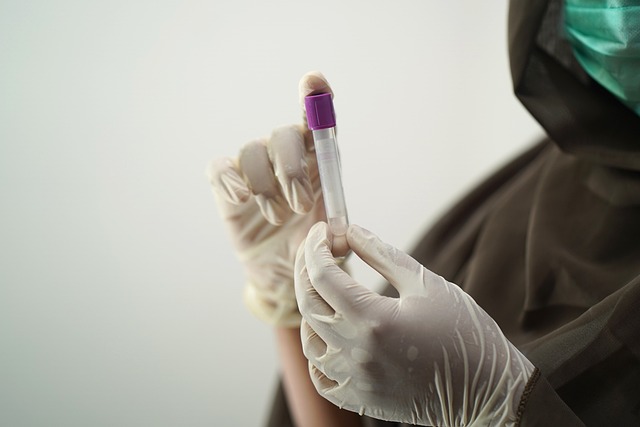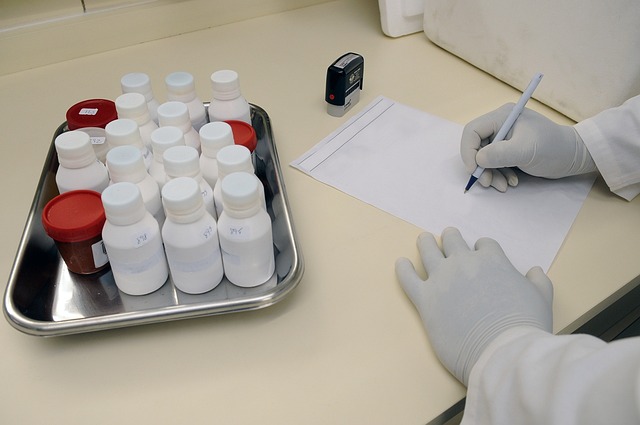Shining a Light on Better Health
Imagine peering into the body without a single incision, gaining vital insights into our health using nothing more than light. For decades, medical diagnostics have evolved, but the integration of light-based technologies is ushering in a new era of precision, speed, and comfort. This isn’t science fiction; it’s the reality of light-based diagnostics, offering a brighter future for healthcare.
Technological Innovations Driving Progress
The power of light in diagnostics lies in its interaction with biological tissues. Different wavelengths can reveal different information, and advanced technologies are harnessing this potential like never before. Innovations in optical spectroscopy allow us to analyze the chemical composition of tissues by how they absorb, reflect, or scatter light. Advanced imaging techniques, such as optical coherence tomography (OCT), provide high-resolution cross-sectional views of living tissues, rivaling microscopy in some applications. Miniaturized sensors, flexible fiber optics, and sophisticated data processing algorithms are making these powerful tools more portable, less expensive, and easier to use, moving them from specialized labs into clinics and even potentially home settings.
Transforming Healthcare with Health Innovations
These technological leaps are translating directly into transformative health innovations. Light-based methods enable non-invasive or minimally invasive procedures, dramatically reducing patient discomfort and recovery time compared to traditional methods like biopsies. Consider continuous glucose monitoring using light, eliminating the need for frequent finger pricks, or the early detection of skin cancers through advanced optical imaging. Endoscopy techniques are becoming more precise with enhanced visualization capabilities. Light can also be used to monitor oxygen levels in blood (pulse oximetry), detect infections, or assess tissue health in real-time during surgery. These innovations are not just about making diagnostics less painful; they are about enabling earlier detection, more personalized treatment, and improved patient outcomes across a wide range of conditions. The potential for light-based diagnostics to revolutionize preventive care and chronic disease management is immense, offering clearer insights into our bodies with unprecedented speed and clarity.




